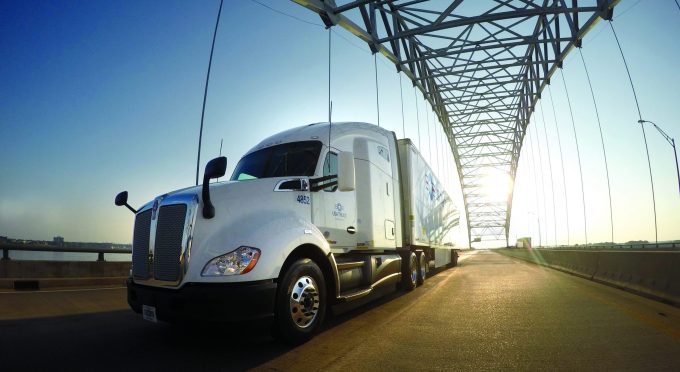US trucking sector recovery still elusive, say latest market numbers
Notwithstanding some tender shoots of improvement, the US trucking market is still in contraction, with ...

The collapse of Yellow Freight, the third-largest operator on the US less-than-truckload scene, hit headlines beyond the industry, but meanwhile devastation generally is playing out across the truckload sector – with the worst yet to come.
Since last year, a rising number of truckers have gone out of business as demand shrank, costs surged and worsening overcapacity pushed rates down.
Although some observers and players have predicted the imminent bottoming-out of the market, in recent weeks the downward trend has continued. According to ...
'Disastrous' DSV-Schenker merger would 'disrupt European haulage market'
New senior management for DSV as it readies for DB Schenker takeover
Volumes set to 'fall off a cliff' as US firms hit the brakes on sourcing and bookings
Asian exporters scramble for ships and boxes to beat 90-day tariff pause
Amazon pushes into LTL for small package fulfilment and UPS does a u-turn
Temporary tariff relief brings on early transpacific peak season
Pre-tariff rush of goods from US to China sees air rates soar, but not for long
Forwarders 'allowing the fox into the chicken run' by supporting 'hungry' carriers

Comment on this article